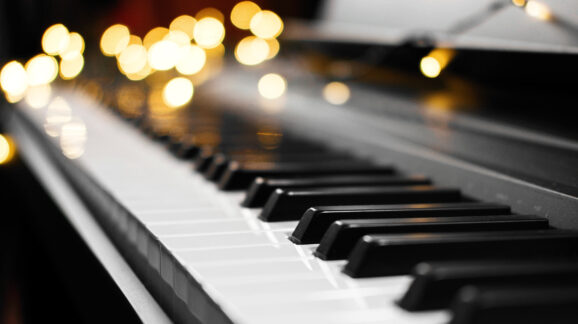The Ray Charles Theory of Marginal Utility

Photo Credit: Getty
Musician Ray Charles’ nickname was “The Genius,” given on account of his ability to blend different genres of music – big band, rhythm and blues, soul, gospel, jazz, country & western and rock & roll – into a seamless whole. But his genius did not end there. He was a brilliant economic scholar as well.
Charles was born blind and early in his career developed an ingenious way to prevent himself from getting ripped off by promoters. Charles insisted in only being paid in one-dollar bills, which he would then count out himself. This prevented promoters from claiming a bill they gave him was a twenty when it wasn’t.
When his recording career began to take off in the 1950s, Charles negotiated a deal where became one of the first major artists to own his own recordings. While many of his contemporaries would struggle for decades over copyright and ownership issues and find themselves serially ripped off, money from the purchase of Charles’ records reliably found its way into his own pockets.
He could also be philosophical. In a 1987 profile on the program 60 Minutes, Charles articulated his theory of the marginal utility of luxury goods. He did it in response to this question by correspondent Ed Bradley: “You’ve made a more than comfortable living, but have you made the kind of money that the really big white artists make?”
“No, obviously I haven’t. And won’t,” Charles replied, then added, “But so what? I can’t eat but one meal a day. I can’t make love but to one woman at a time, do you understand? I mean, so when you get right down to it, man, you can have 15 islands or whatever, or 13 cars or 10 airplanes. But what does it all mean, you know? I am, as you so beautifully put it, comfortable. I like that.”
Like Charles’ music, the answer was deceptively simple, but had multiple layers to it. Charles was by no means poor or struggling. The interview was done in his Beverly Hills, California, apartment. His estate was valued at $50 million when he died. We can reasonably guess that when he went out touring, he wasn’t staying at the nearby Motel 6 either. Charles even owned a private jet. He just didn’t see the point in owning multiple planes. That heightened level of luxury did not confer any actual benefits as far as he was concerned. Once he had a warm bed, a good meal and appealing female company, he was set and anything beyond that was just wasteful.
It’s possible that Charles’ disability played into this. Displays of luxury are frequently just individuals showing off. The pleasure that they get from the act comes from the reactions they see in other people. Charles, of course, could not see those reactions, so he couldn’t get any pleasure from that. He instead looked inward: what mattered was the reaction he felt himself from the luxuries he engaged in. Other people’s reactions had little, if any, relevance.
Perhaps I’m reading a bit into his words, but Charles seems to have regarded extreme wealth as a stressful burden. “[Y]ou can have 15 islands or whatever, or 13 cars or 10 airplanes. But what does it all mean, you know?” Well, it means a lot of time and expense to maintain those things. The history of the entertainment industry is filled with examples of artists who spent wildly during the good times and found that the things they acquired became headaches to deal with later on. Charles’ had better things to do with his time, like make music.
He could even make his disability work for him. Music producer Quincy Jones told 60 Minutes that while Charles was normally very independent, his blindness would become more noticeable under certain circumstances.
“The only time where he ever appeared to have any kind of handicap was when a beautiful woman was in the room,” Jones noted. “Then he started walking into walls and so forth. …’Can I help you Mr. Charles?’ the sympathetic women would say. … He’d get real blind, you know, when the pretty girls were around.”